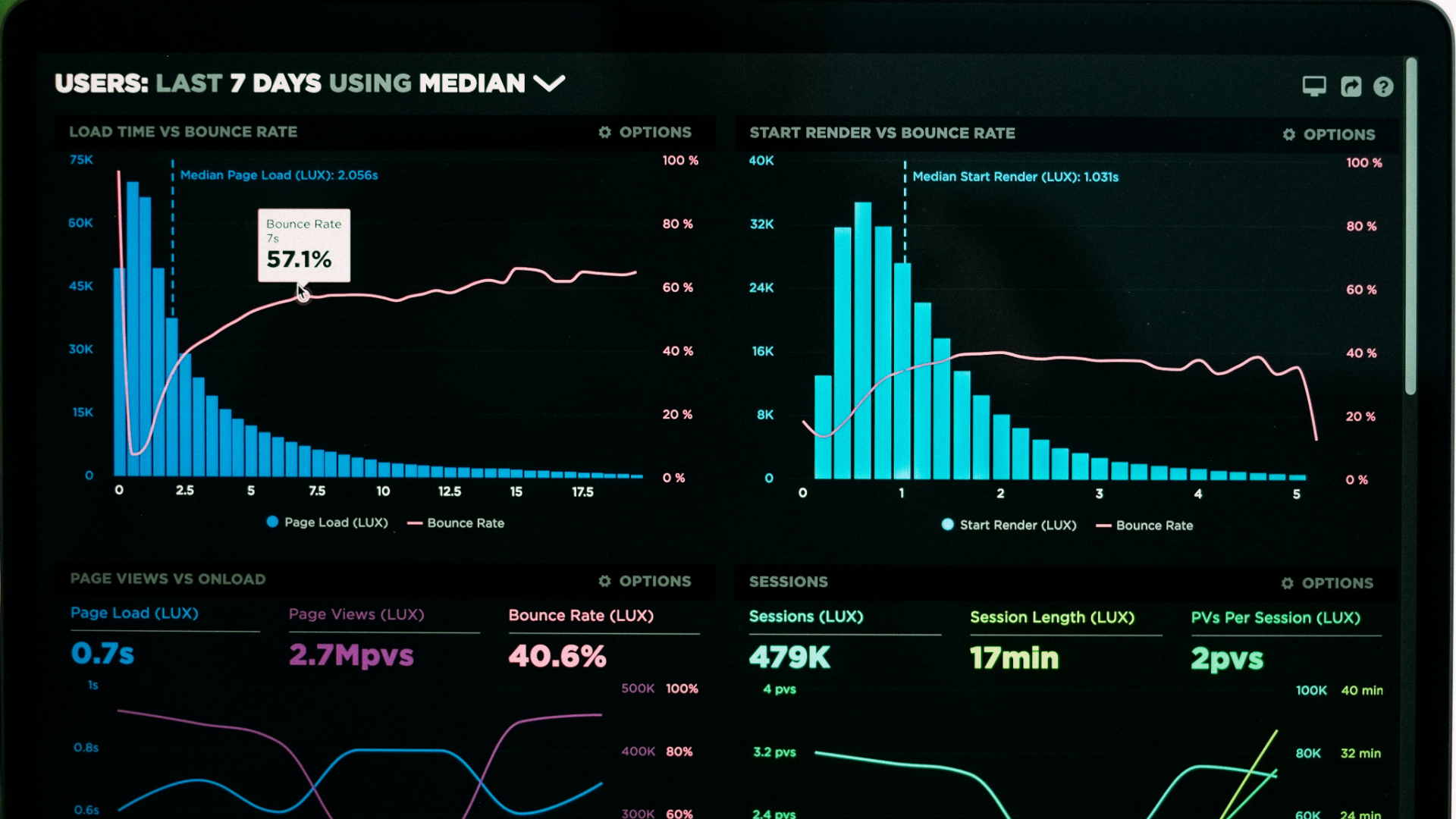
What are audience metrics, and how to optimize for them
There’s a misconception that advertising and audiences don’t mix, or that audiences hate advertising. In reality, they benefit each other. Your audience is everything; they are the ones you serve, and to do that effectively, you need metrics and optimization tools to support you. Let’s first debunk these misconceptions, and from there, we’ll discuss how to better understand your viewers through audience metrics.
Audiences don’t hate ads; they hate inauthenticity and being sold products or services that don’t align with their needs or wants. There’s a reason that influencers make an impact — people like to hear from people they feel like they know and can trust. If an ad is helpful and genuine, the audience won’t write it off just because it’s an ad.
There is a way to create advertiser-friendly campaigns that audiences enjoy and benefit from. To accomplish this, you’ll need to understand your audience and their needs, work with advertisers who can meet those needs, and provide them with the resources to better understand your audience. To do that, you’ll need to get some insight into your audience metrics.
Audience metrics are quantifiable measurements that help us understand and analyze audience behavior and engagement with content distributed across various platforms. These metrics provide insights into who and how the audience is interacting with, and how effectively your content is reaching and engaging them.
We break metrics into two categories. Engagement, which shows evidence of attention, and conversion, which means someone is taking action on something.
Let's break down the metrics we use to measure success for our major products. We'll share some optimization tips, too.
Pickup Rate: The Pickup rate is calculated as the number of print editions that have been taken, divided by the total number you printed and circulated.
Track your pickup rate for each distribution cycle. This is a useful indicator for your team on what interests your audience, and can inform your advertisers as well on what has proven successful in print.
Some other questions to consider when analyzing the print product are:
This will be useful for your team in determining where to increase or decrease the distribution amount, and this provides your clients with insight into which spots on campus are getting the most engagement.
To optimize your print product, consider doing more of what’s working. If you notice a certain type of cover photo or story is getting picked up more, work with your team to produce more of the type of content that your audience is engaging with.
If you have other products, cross-promote for what’s inside the paper. For example, if an advertiser is running a coupon or promotion in print, encourage your social media followers or newsletter subscribers to pick up the latest issue.
List Size: The number of active subscribers receiving your email newsletter.
Open Rate: The percent of recipients who open the newsletter.
Click-through Rate: The percent of readers who click hyperlinks within the newsletter.
These metrics are relevant for you and your advertisers as they demonstrate:
To grow your subscriber base, start by submitting a FOIA request to your institution to sign students up for your newsletter. Ensure you have the proper security protocols in place to prevent deliverability issues that would affect your open rates.
Pageviews: Each time a page is loaded or reloaded by a user
Unique visitors: A single individual who accesses the site
Time on page: The average amount of time a user actively spends on a page before navigating somewhere else
Bounce rate: The % of visitors who only view one page on the website before leaving
These metrics tell you and your advertisers how many visitors you get, how long they’re actively spending and searching on their visit, and the potential engagement opportunities it poses for both of you.
Optimize these metrics by enhancing story selections, headlines, and photo galleries. Focusing on content that directly serves your audience and utilizing social media and SEO strategies can assist in optimizing these metrics as well.
Key tip: Try posting a daily (or weekly) news recap on your Instagram stories, and utilize the linking feature to draw new visitors to the website.
Engagement: Number of users interacting with the content (likes and comments)
Reach: Number of unique users who have seen the piece of content
Saves: Number of users who have saved the post to refer back to later
Shares: Number of people who have sent the post to another user or have shared it to their story
Like some of the other metrics on this list, these are important for you and your advertiser as they give insight into how many people are viewing and engaging with the content you put out.
To optimize your social media presence, focus on producing useful, informational, and engaging content that will draw your audience into doing what you need them to do, which is to share and interact with it.
You can also use these platforms for community engagement and get a sense for what people want to see or read more of. Try community polls on story ideas/themes to gauge what to prioritize.
Key tip: Don’t focus on trends just because it’s what the algorithm is spitting out; each platform is distinct, and what’s working on TikTok may not get engagement on Reels. Center your content around topics and formats that resonate with your audience’s interests and needs.
The goal is to help your advertisers understand why having access to your audience is valuable to their business, and having these audience metrics will help you tell that story — while also helping you serve your audience in the most effective way possible.
We’re here to help with whatever you need, from navigating our resource hub to unlocking more training and support for your student media organization. Reach out to us via email, or set up a 1:1 coaching session.